Home>Interior Design>How To Remove Ink From Leather And Keep It At Its Best


Interior Design
How To Remove Ink From Leather And Keep It At Its Best
Modified: October 19, 2024
Learn how to effectively remove ink stains from leather surfaces and maintain their pristine condition with our expert interior design tips.
(Many of the links in this article redirect to a specific reviewed product. Your purchase of these products through affiliate links helps to generate commission for Storables.com, at no extra cost. Learn more)
Introduction
Leather is a timeless and luxurious material that adds elegance and sophistication to any space. From leather furniture to accessories, its durability and beauty make it a popular choice for interior design. However, one common issue that can mar the beauty of leather is ink stains. Whether it’s from a pen, marker, or accidental spillage, ink stains can quickly become an eyesore and pose a challenge to remove.
Properly maintaining leather is essential to ensure its longevity and keep it looking its best. Regular cleaning and conditioning help nourish the leather, keep it supple, and protect it from wear and tear. However, ink stains can present a unique challenge, requiring specific techniques to effectively remove them without causing further damage.
The implications of ink stains on leather go beyond the aesthetic aspect. If left untreated, ink can penetrate the leather pores, leading to irreversible damage. Stains can seep deep into the leather, making removal more difficult. Additionally, improper cleaning methods or harsh chemicals can cause discoloration, fading, or even weaken the leather’s structure.
To preserve the integrity and appearance of leather, it is crucial to employ proper ink removal techniques that effectively eliminate stains while minimizing the risk of damage.
Key Takeaways:
- Say goodbye to ink stains on leather with these effective removal methods, but always test on a small area first to avoid damage. Act promptly, work gently, and condition the leather for long-lasting beauty.
- Keep your leather looking luxurious by following proper post-ink removal care. Condition the leather, apply protectants, and regularly clean and condition to prevent future stains and maintain its timeless elegance.
Identifying the Leather Type
Before attempting to remove ink stains from leather, it is important to identify the type of leather you are working with. There are three main types: full-grain, top-grain, and bonded leather. Each type has different characteristics and may require specific ink removal techniques.
1. Full-Grain Leather: Full-grain leather is the highest quality and most durable type of leather. It comes from the top layer of the hide, retaining the natural grain and imperfections. Full-grain leather is known for its strength, breathability, and ability to develop a rich patina over time. When it comes to ink stain removal, full-grain leather is more forgiving as the ink sits primarily on the surface and is easier to remove without damaging the leather.
2. Top-Grain Leather: Top-grain leather is also derived from the top layer of the hide but has been sanded or buffed to remove imperfections. It is then treated with a protective finish to enhance durability. Although top-grain leather is slightly less natural-looking than full-grain, it still retains its strength and quality. When dealing with ink stains on top-grain leather, caution must be exercised as the protective finish may make it more challenging to remove the ink without affecting the surface.
3. Bonded Leather: Bonded leather is made by bonding distinct layers of shredded leather together with an adhesive. While it is more affordable than full-grain or top-grain leather, it is also less durable and has a lower resistance to stains. Ink stains on bonded leather can be difficult to remove since the adhesive and synthetic materials used in its production may react differently to various cleaning agents. Extreme caution is required to avoid further damage to the bonded leather surface.
The type of leather you are dealing with will impact the effectiveness and safety of different ink removal methods. It is crucial to identify the leather type before proceeding with any cleaning technique to ensure the best possible outcome without causing harm to the leather surface.
Precautions before Removing Ink
Before diving into the ink removal process, it is important to take certain precautions to protect the leather and prevent any potential damage. These precautions include testing a small area for colorfastness and gathering the necessary supplies.
1. Testing a small area for colorfastness: Not all leather types and finishes react the same way to different cleaning agents. To avoid unintended discoloration or damage, it is crucial to test the ink removal method on a small and inconspicuous area of the leather. This could be on the backside of a cushion or an area that is not easily visible. Apply a small amount of the cleaning agent to the test area and gently blot it with a clean cloth. If there are no adverse reactions, such as color bleeding or changes to the leather’s appearance, it is safe to proceed with the chosen method.
2. Gathering essential supplies: Depending on the ink removal method you choose, there are a few essential supplies you might need. These typically include:
- White lint-free cloth or sponge
- Rubbing alcohol, white vinegar, lemon juice, non-acetone nail polish remover, or baking soda
- Clean water
- Mild soap or leather cleaner (specifically formulated for your leather type)
- Soft bristle brush or toothbrush
- Leather conditioner
Having these supplies readily available will ensure a smoother and more efficient ink removal process.
By taking these precautions, you can minimize the risk of any unwanted reactions, determine the most suitable ink removal method for your leather, and protect the overall integrity of the material.
Ink Removal Methods for Leather
When it comes to removing ink stains from leather, there are several methods that can be effective. The choice of method will depend on the severity of the stain, the type of leather, and the supplies available. Here are some commonly used ink removal methods:
Method 1: Using rubbing alcohol
Rubbing alcohol is a versatile and commonly available ink remover. Dampen a white lint-free cloth or sponge with rubbing alcohol and gently blot the ink stain, being careful not to rub too vigorously. The alcohol helps break down the ink, making it easier to lift from the leather surface. Once the ink starts transferring onto the cloth, switch to clean areas to prevent reapplying the ink. After removing the stain, clean the area with mild soap and water, then condition the leather to restore its moisture.
Method 2: Applying white vinegar
White vinegar is another effective ink removal agent. Dilute white vinegar with equal parts of water and apply the mixture to a soft cloth or sponge. Gently dab the ink stain, allowing the vinegar to break down the ink. As with the rubbing alcohol method, switch to clean areas of the cloth to prevent reapplying the ink. After the stain is removed, clean the leather with a mild soap and water solution and condition it to maintain its suppleness.
Method 3: Utilizing lemon juice
Lemon juice, with its natural acidic properties, can also be used to remove ink stains from leather. Squeeze fresh lemon juice onto a clean cloth or sponge and blot the ink stain. The acidity of the lemon juice helps break down the ink. Be careful not to saturate the leather excessively. Once the stain is removed, rinse the area with water and clean gently with a mild soap. Conditioning the leather afterwards is essential to keep it moisturized and prevent drying out.
Method 4: Employing non-acetone nail polish remover
Non-acetone nail polish remover can be effective in removing ink stains from leather. Apply a small amount of non-acetone nail polish remover to a clean cloth or cotton ball and gently dab the ink stain. Be cautious not to scrub too hard. Blot the stain until it starts lifting, changing to clean areas of the cloth as needed. After removing the ink, clean the area with a mild soap and water solution. Remember to condition the leather afterwards to restore its moisture balance.
Method 5: Making a paste with baking soda and water
If the ink stain is persistent, making a paste with baking soda and water can help. Mix baking soda and water to create a thick paste. Apply the paste to the stain, gently rubbing it in with a soft cloth or sponge. Let it sit for a few minutes to allow the baking soda to absorb the ink. Afterward, wipe off the paste with a clean, damp cloth and clean the area with mild soap and water. Conditioning the leather will help retain its natural oils.
Method 6: Enlisting the help of a professional leather cleaner
If the ink stain persists or if you are unsure about the best method for your leather type, it is recommended to seek the assistance of a professional leather cleaner. They have the expertise and specialized products to effectively remove ink stains without causing damage to the leather. Professional cleaners can also address any other leather care concerns and provide recommendations for ongoing maintenance.
When using any of these ink removal methods, remember to work gently, test on a small inconspicuous area first, and condition the leather afterward to keep it in optimal condition.
To remove ink from leather, gently dab the stain with a cotton ball soaked in rubbing alcohol. Avoid rubbing the stain to prevent spreading. Once the ink is removed, apply a leather conditioner to keep the leather moisturized and looking its best.
Tips for Successful Ink Stain Removal
Removing ink stains from leather can be a delicate process, but with the right approach, you can achieve successful results. Here are some tips to help you effectively remove ink stains from leather:
1. Acting promptly and not allowing the stain to set
As soon as you discover an ink stain on your leather, it’s important to act quickly. Ink stains have a tendency to set and become more challenging to remove over time. The longer the ink stays on the leather surface, the deeper it can penetrate the pores. So, tackle the stain as soon as possible to prevent it from becoming a permanent fixture on your leather.
2. Using a gentle touch and avoiding excessive scrubbing
When removing ink stains from leather, it’s essential to use a gentle touch. Scrubbing or rubbing too vigorously can damage the leather and cause the ink to spread further. Instead, use a soft cloth or sponge and gently blot the stain. Applying gentle pressure will help lift the ink without harming the leather.
3. Working from the outside of the stain towards the center
When applying ink removal techniques, always start from the outer edges of the stain and work your way towards the center. This method prevents the ink from spreading beyond the original stain area. By gradually working inward, you can effectively concentrate your efforts on the center of the stain, ensuring complete removal without enlarging the affected area.
4. Repeating the process if necessary
Some ink stains may not be completely removed with just one attempt. If you find that there is still residual ink on the leather after the initial cleaning, don’t be discouraged. You may need to repeat the ink removal process to fully eliminate the stain. Remember to be patient and persistent, working gently each time. However, avoid excessive repetition as it could potentially damage the leather.
By following these tips, you can increase the chances of successfully removing ink stains from your leather. Remember to act quickly, maintain a gentle touch, work from the outside in, and repeat the process if needed. With a little care and patience, your leather can be restored to its original beauty.
Read more: How To Remove Ink Stains From Carpet
Post-removal Care and Maintenance
Once you have successfully removed ink stains from your leather, it is crucial to follow proper post-removal care and maintenance to keep the leather in top condition. Here are some essential steps to take:
1. Conditioning the leather to restore moisture
During the ink removal process, the leather may have lost some of its moisture and natural oils. To restore its suppleness and prevent drying out, it is essential to condition the leather. Use a high-quality leather conditioner specifically formulated for your leather type. Apply the conditioner evenly across the surface, following the manufacturer’s instructions. Conditioning helps replenish the leather, keeping it soft, supple, and less prone to cracking or drying out.
2. Applying leather protectant to prevent future ink stains
Prevention is key when it comes to future ink stains on leather. After removing the ink and conditioning the leather, consider applying a protective coating or leather protectant. These products create a barrier on the surface of the leather, making it more resistant to stains and spills. Leather protectants also help repel liquids, making it easier to clean up in case of accidents. Regularly reapplying the protectant, following the manufacturer’s instructions, will provide ongoing protection for your leather.
3. Regularly cleaning and conditioning to keep leather in top condition
In addition to post-ink removal care, regular cleaning and conditioning are essential to maintaining the beauty and integrity of your leather. Dust and dirt can accumulate on the surface, potentially causing discoloration or damaging the leather over time. Use a soft cloth or vacuum with a soft brush attachment to remove any loose dirt or debris. For regular cleaning, use a mild soap specifically designed for leather or a leather cleaner. Gently wipe down the leather with a soft cloth or sponge, avoiding excessive moisture. Follow up with a conditioning treatment to keep the leather moisturized and prevent it from becoming dry and brittle.
It’s important to note that different types of leather may require specific care techniques and products. Always consult the manufacturer’s recommendations or seek advice from a professional if you are unsure about the appropriate cleaning and conditioning methods for your specific leather type.
By regularly cleaning, conditioning, and protecting your leather, you can ensure its longevity and keep it looking its best. Taking these simple steps will help prevent future ink stains and maintain the luxurious appearance of your leather for years to come.
Conclusion
Removing ink stains from leather can be a daunting task, but with the right methods and precautions, it is possible to restore your leather’s original beauty. Let’s recap the ink removal methods discussed in this article:
- Using rubbing alcohol, which is effective in breaking down ink stains on leather.
- Applying white vinegar, a natural and safe option for removing ink from leather surfaces.
- Utilizing lemon juice, which acts as a mild acid to break down ink stains.
- Employing non-acetone nail polish remover, which can dissolve ink stains without harming the leather.
- Making a paste with baking soda and water, a gentle method for stubborn ink stains on leather surfaces.
- Enlisting the help of a professional leather cleaner when unsure or for more severe or delicate stains.
Remember, before attempting any ink removal method, it is essential to test a small, inconspicuous area for colorfastness and gather the necessary supplies. Act promptly, use a gentle touch, work from the outside in, and repeat the process if necessary for best results.
However, ink removal is just one part of caring for your leather. To maintain its longevity, it is crucial to follow proper leather care practices. This includes conditioning the leather to restore moisture, applying leather protectants to prevent future stains, and regularly cleaning and conditioning the leather to keep it in top condition.
By following these guidelines, you can enjoy the beauty and durability of your leather for years to come. Remember, different types of leather may have specific care requirements, so always consult the manufacturer’s recommendations or seek professional advice for the best care practices for your specific leather type.
With proper care and attention, you can ensure that your leather remains a luxurious and timeless centerpiece in your interior design, free from the unsightly presence of ink stains.
Frequently Asked Questions about How To Remove Ink From Leather And Keep It At Its Best
Was this page helpful?
At Storables.com, we guarantee accurate and reliable information. Our content, validated by Expert Board Contributors, is crafted following stringent Editorial Policies. We're committed to providing you with well-researched, expert-backed insights for all your informational needs.
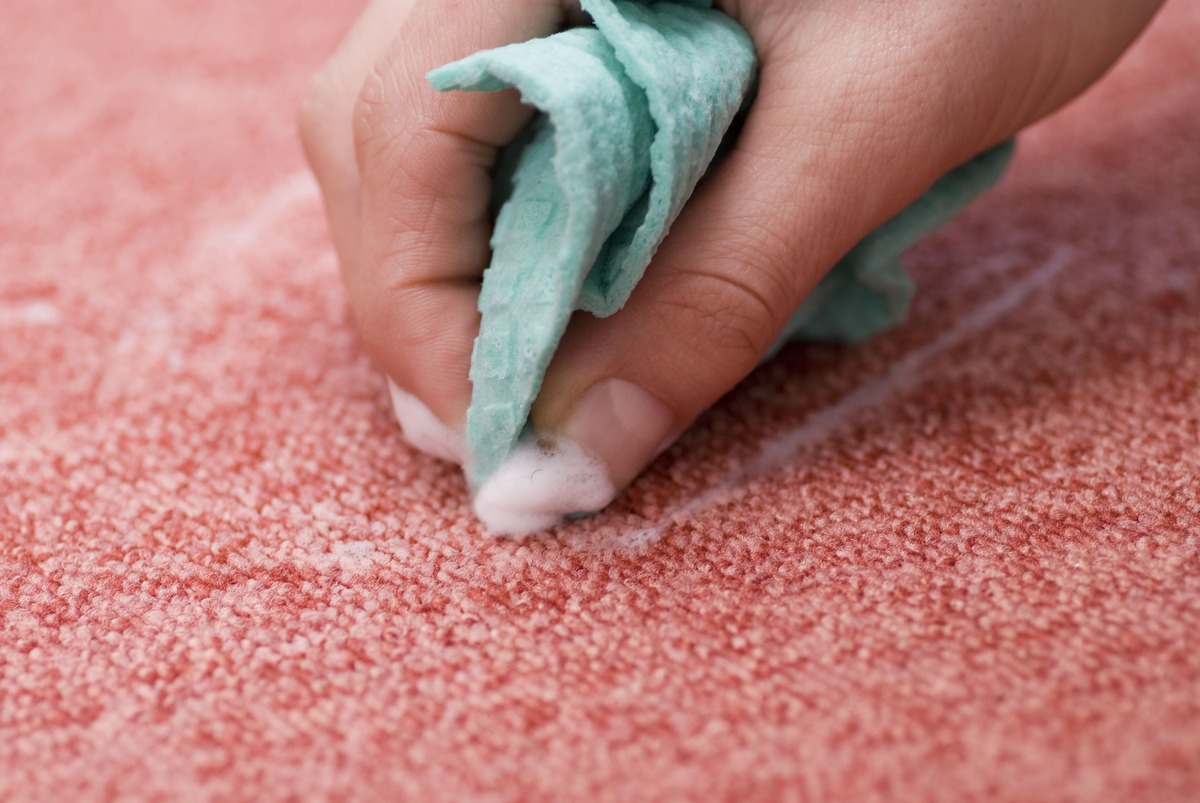
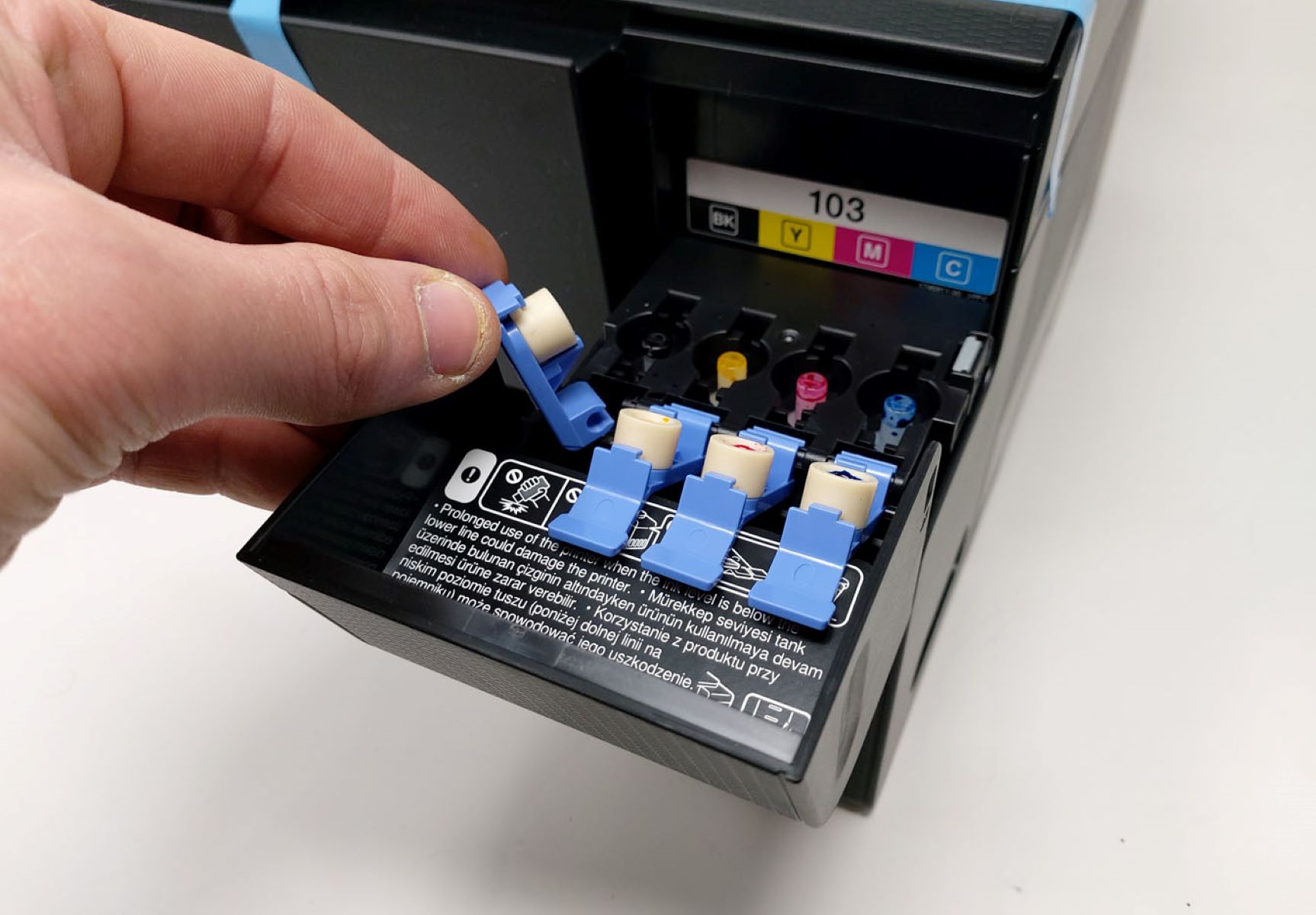



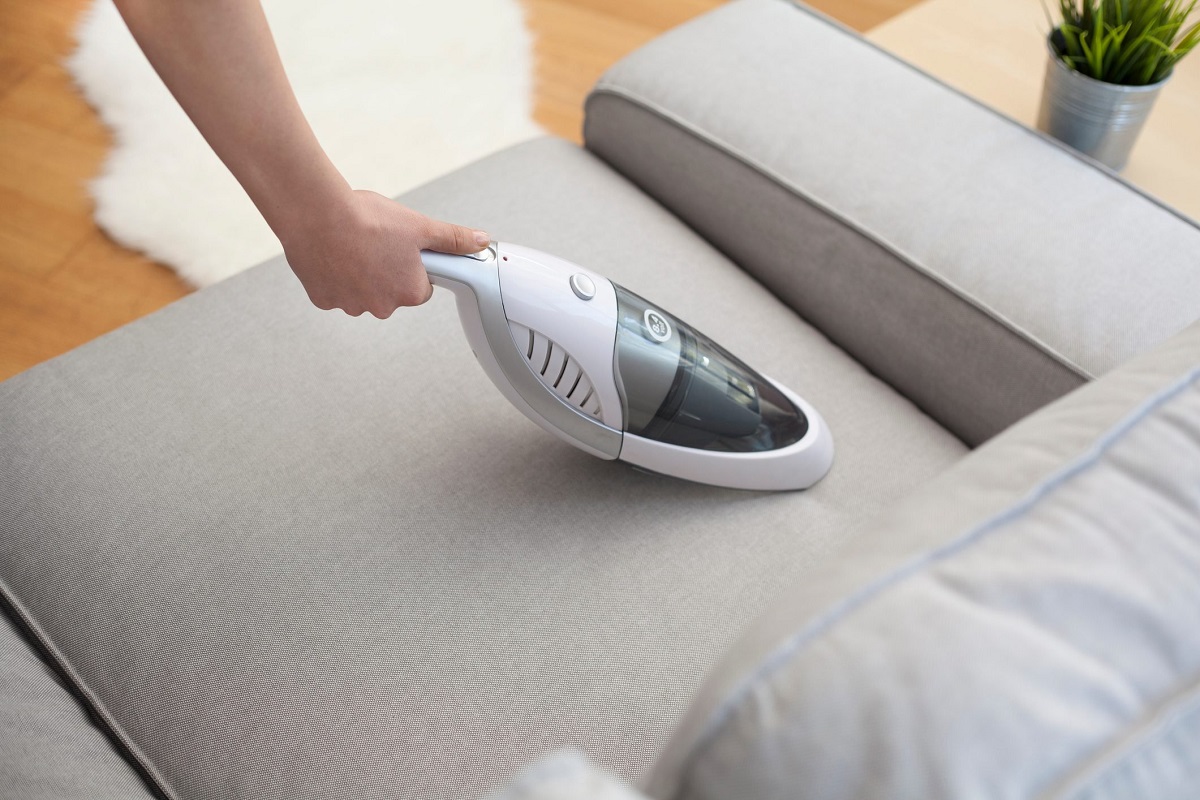

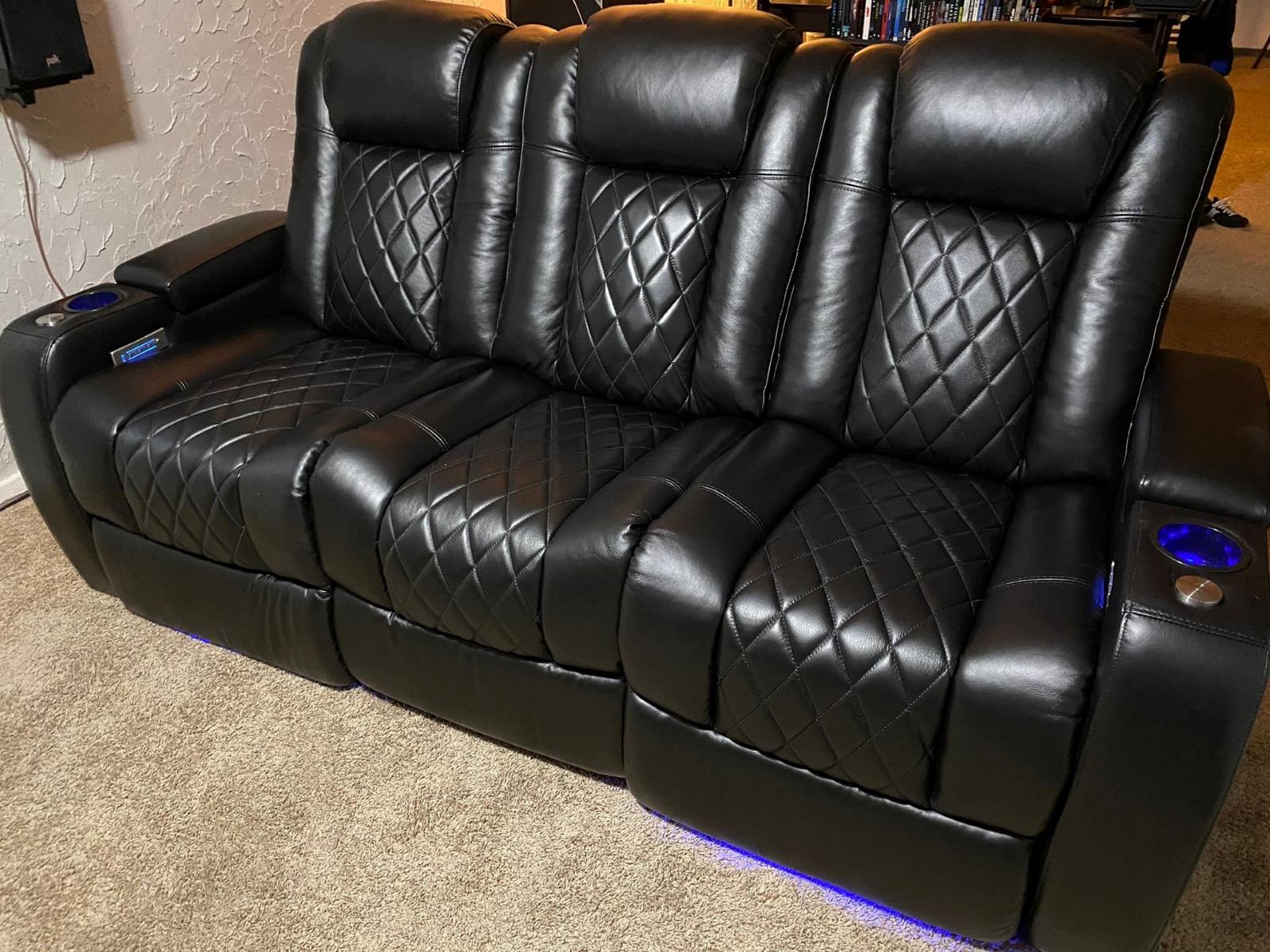

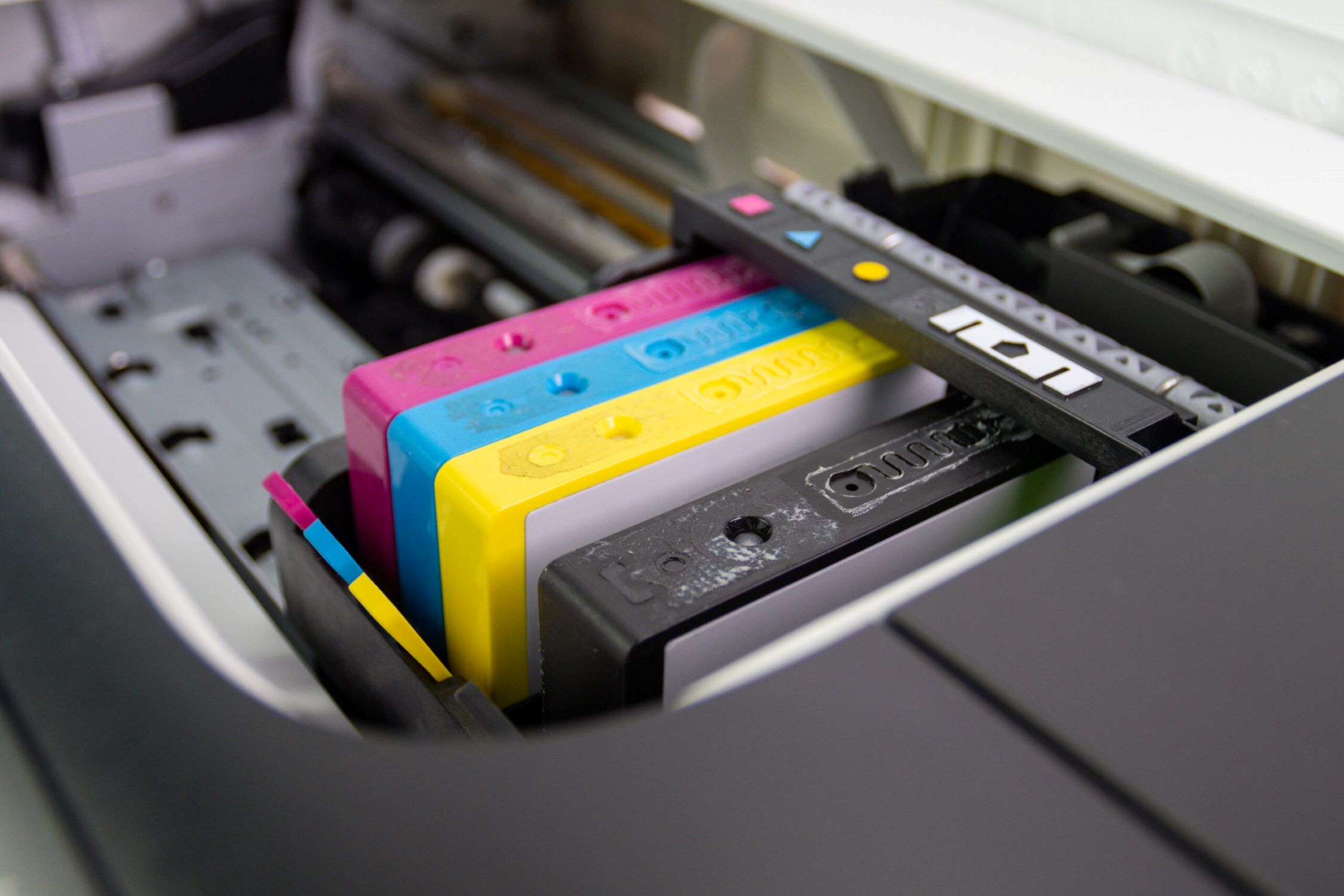
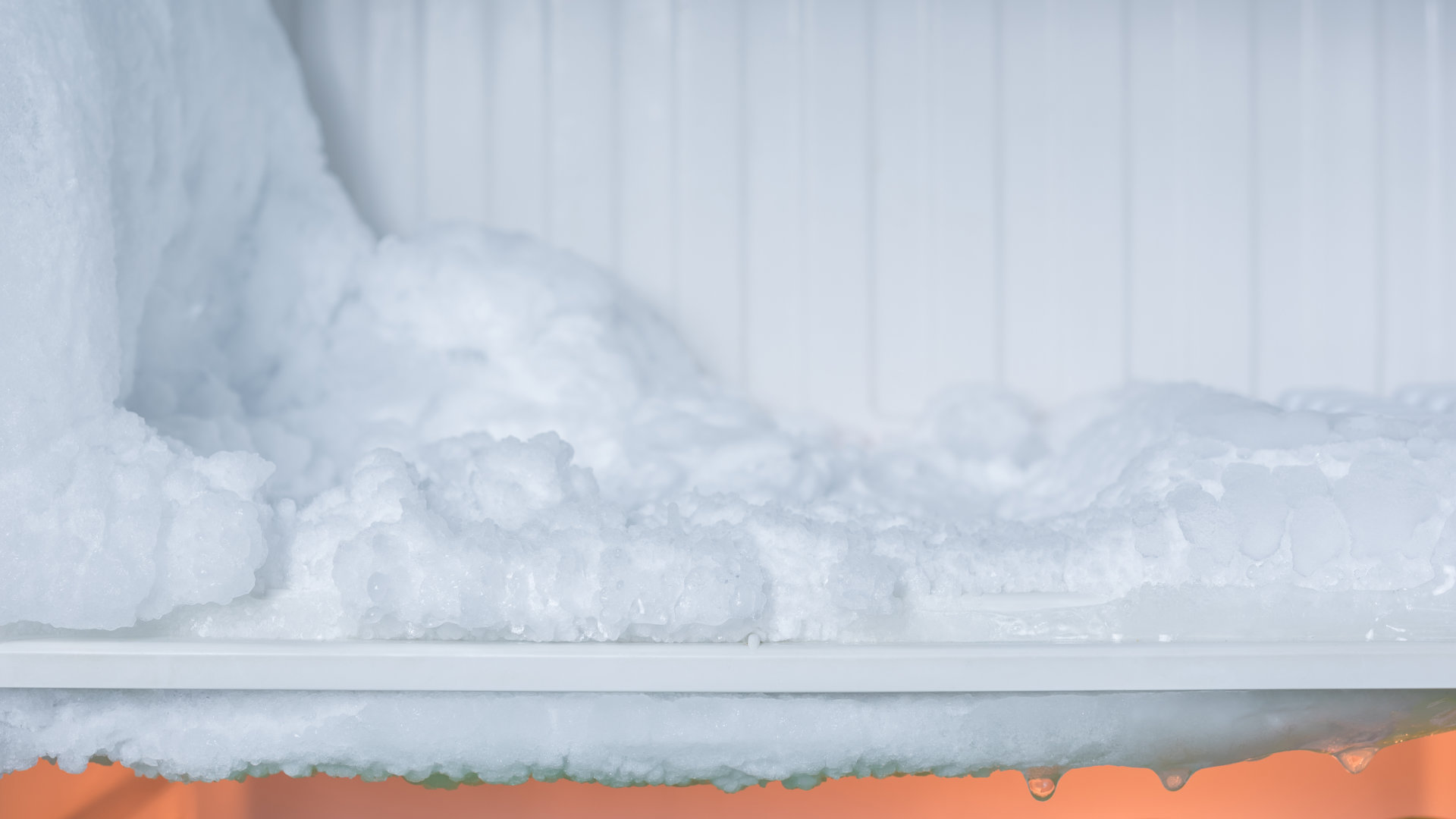
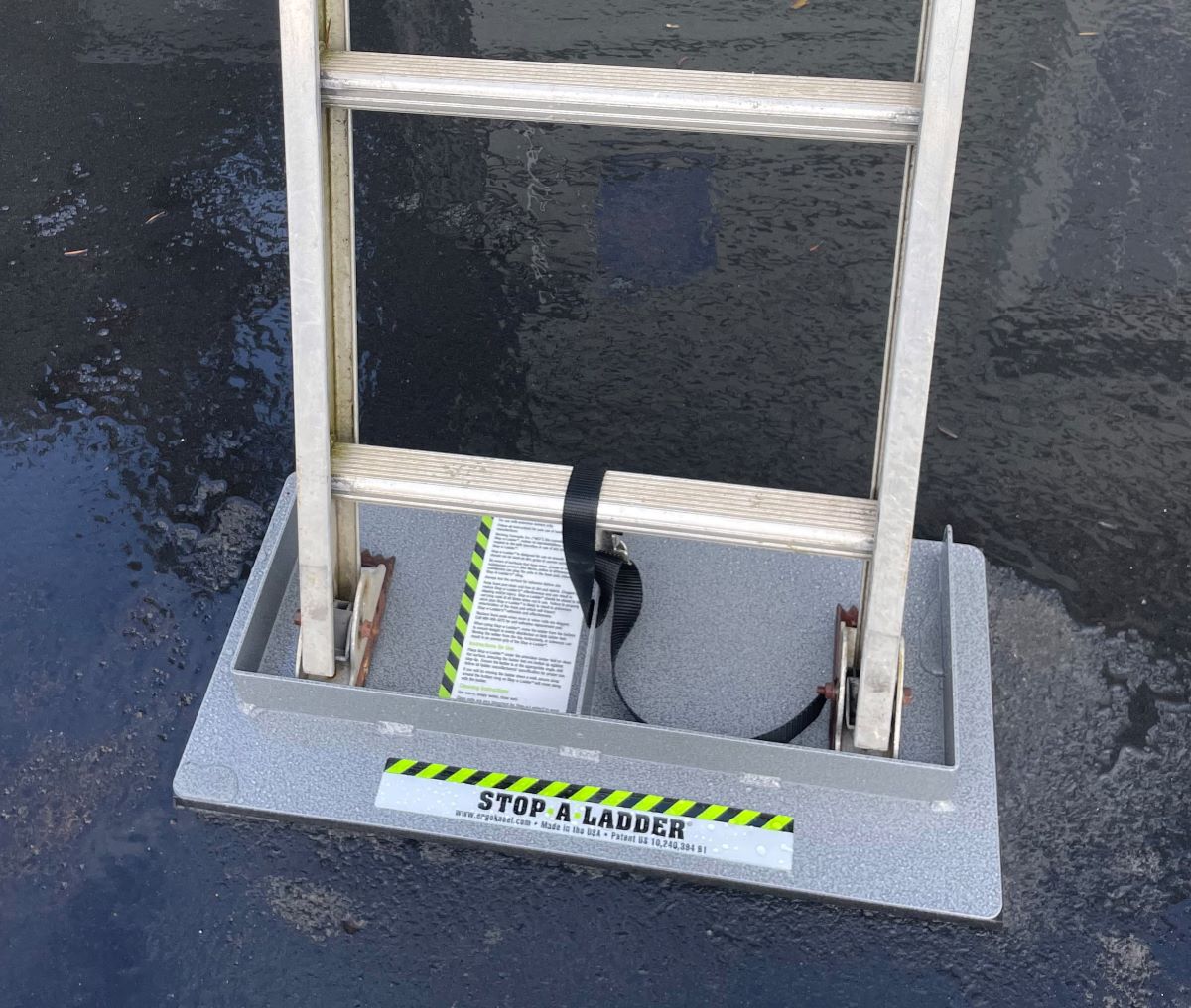



0 thoughts on “How To Remove Ink From Leather And Keep It At Its Best”